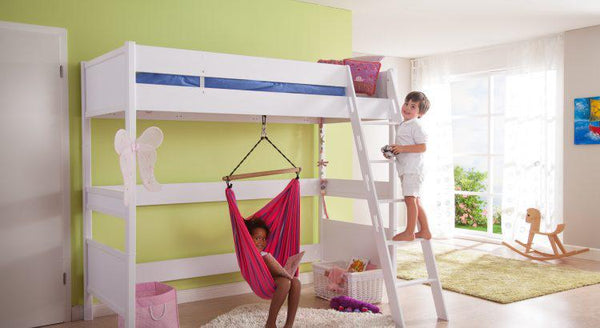How Hammocks Can Help Sensory Disorders & Autism

Individuals who have sensory issues in every day life tend to find it difficult to sleep at times. This can become a problem as a disruptive nights sleep is not beneficial for anyone, let alone a child or adult contending with these sorts of problems in their lives. Lack of sleep can cause irritable mood-swings and behaviour, traits that are magnified in people on the autistic spectrum.
This is where a hammock can come in useful. The swinging motion of a hammock has calming effects on people’s state of mind – with individuals who have such disorders, they find it difficult to process every day sensory information, meaning it can be over or under-sensitive, determining their mood, which can be problematic. If a person with sensory issues feels that a stressful situation is building, their mind set finds it hard to distinguish moods and outcomes because of this. A hammock has been proven to be beneficial in these cases. The swaying motion seems to alleviate stress and prevent problematic episodes from occurring.
The vestibular system, located inside our ears and responsible for our balance and coordination is one of the areas of our anatomy that is affected with sensory processing disorder children and adults. The motion of a basic hammock can be used in therapies, stimulating the vestibular system. A hanging hammock chair can help autistic people, the sense of feeling enclosed and contained in an area may not be enjoyable for some but others love the feeling.
It will always be an area of exploration; therapies and conditioning are constantly evolving, but in the mean-time, a hammock and hanging chairs have their benefits in understanding the triggers and helping.



